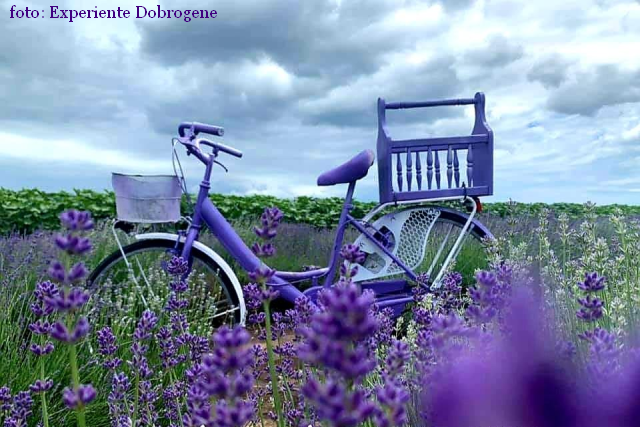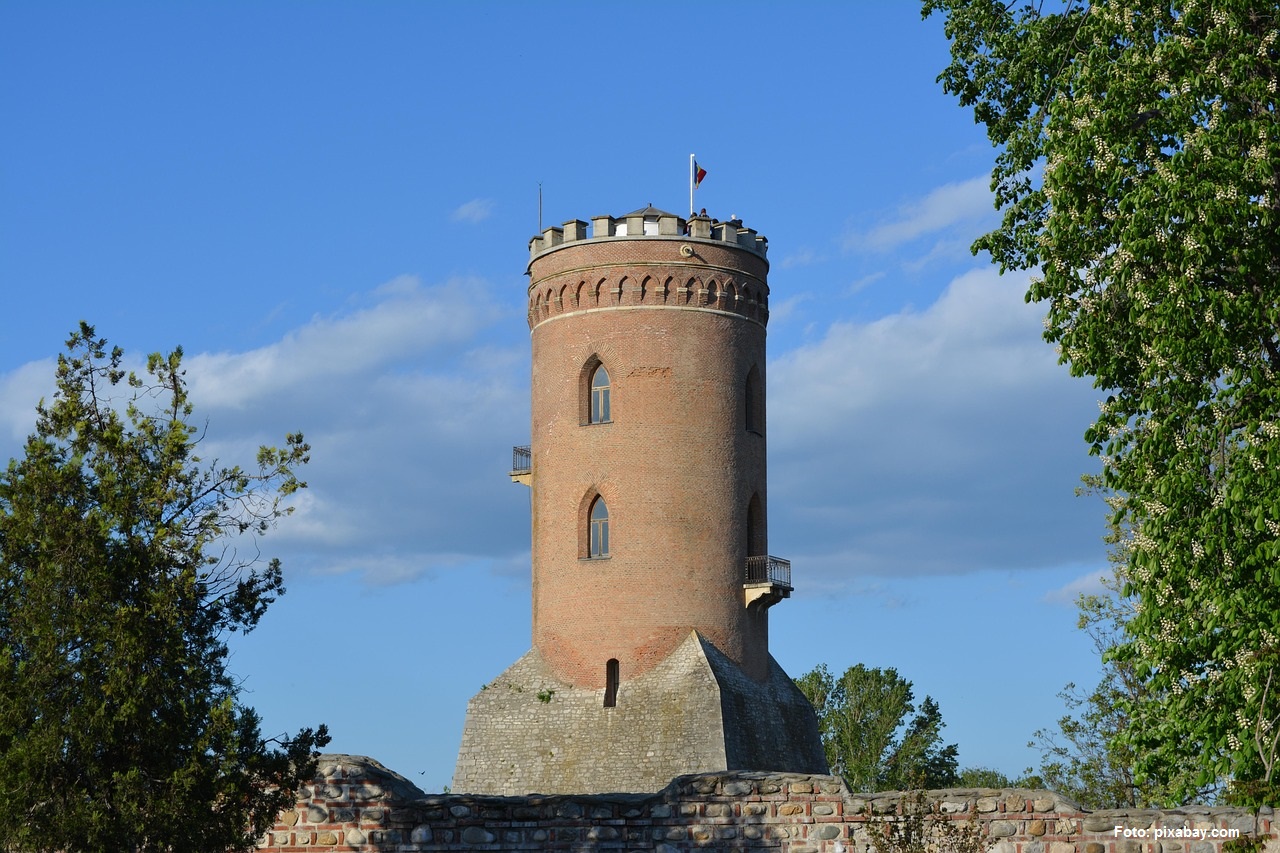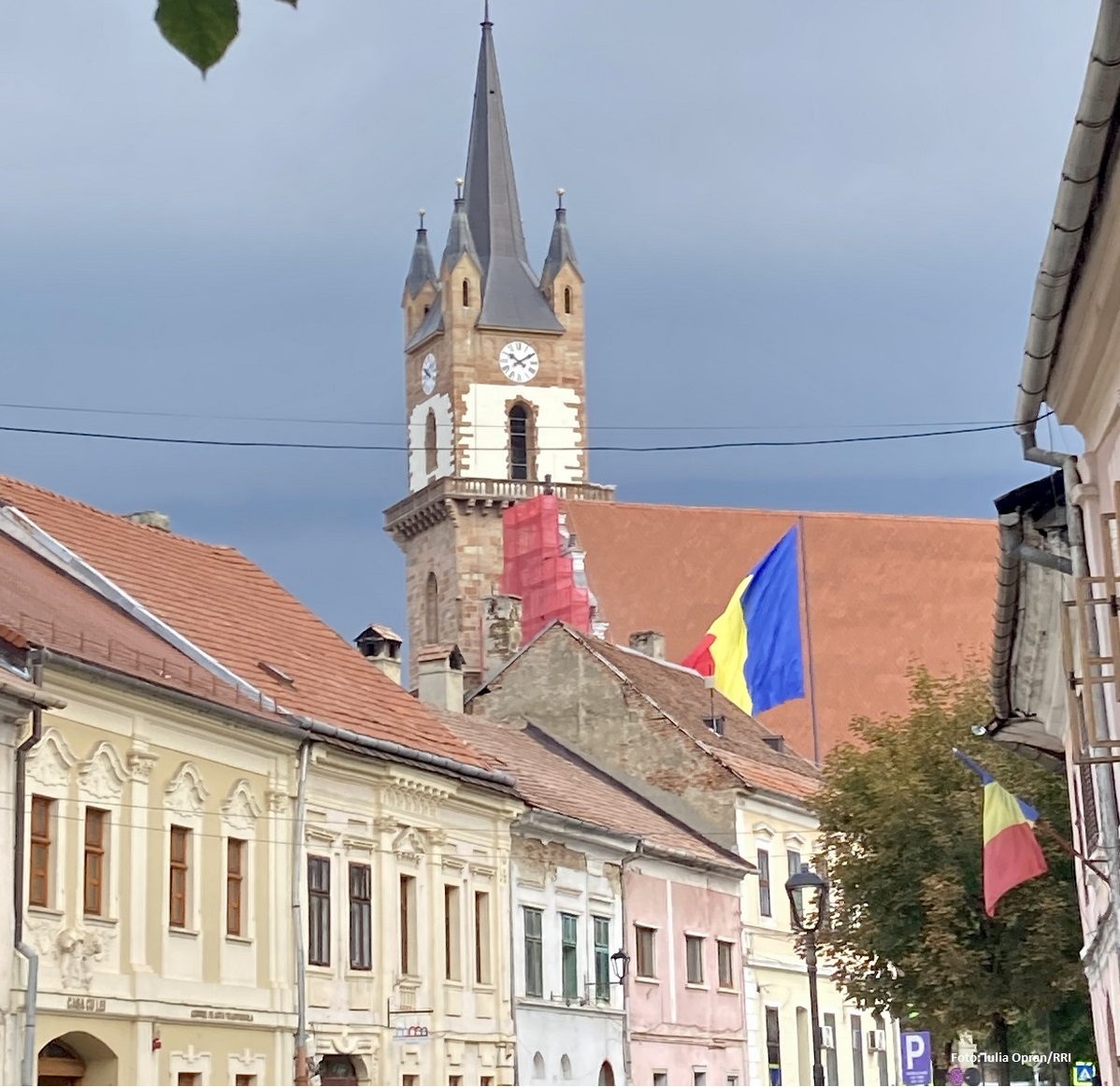Dobrogea Experience
Today we are headed to the south of Romania, going to Dobrogea

Daniel Onea, 11.08.2022, 00:02
In addition to tales about places and people, we will be finding out about one of the biggest rose plantations, in the village of Cobadin, and about the purple gold of Dobrogea, promoted through a festival of lavender.
Our guide today is AbibulaLaura Stroe, president of Inomar Clustersi, initiator of the concept Dobrogea Experience, and she told us that the project started in 2017:
“I wanted to show off a continental Dobrogea, with all that it has best, most beautiful, and interesting. Thus, local tourism became an alternative to armchair tourism. Because I am from Constanta, I did not want to set apart Tulcea and Constanta. They are both a part of Dobrogea. You cannot set apart the Greek from the Lipovan, the Lipovan from the Aromanian, and so on. Dobrogea is a whole, and exemplifies the slogan of the EU, Unity in Diversity. Dobrogea Experience tried, and managed, to revive an old and beautiful world of tradition, values, tales in a new and modern world. All the action and cultural events within the project have always had the role of promoting some crucial elements of the area. Considering that we have here 19 cohabiting ethnicities, we can make a snapshot of each of their tales, through specific cuisine, through diverse history, traditional garb, traditions, and stories. We have not only created cultural routes, but we also created an intelligent destinations. In this way, tourists have understood history, went home with a story.”
As AbibulaLaura Stroe continues, an experience means culture, history, and archaeology, but also a wine tradition:
“Here, in Constanta County, we have over 20 smaller, but very interesting wine cellars, with local flavor. We also have the multiethnic part, where each ethnicity presents its story and its product. Each ethnicity integrates into one cultural route. Here is an example of cultural route organized by us in continental Dobrogea, the Cobadin commune. This commune could be overlooked on the tourist map. However, there we have a community of Tatars, which we showcase with its traditional products, through tales, dances, and costumes. Near Cobadin we have a famous wine cellar, where they make excellent wines. We also have there the St. Andrew Monastery for religious and historical tourism. Another example in our calendar of experiences is the Lavender Festival. It is held in Pecineaga, 60 km away from the city of Constanta. It is practically a large field of lavender, the purple gold of Dobrogea, as we refer to it. For two or three weeks, depending on the weather and the evolution of lavender, people can roam the field. We created sports for photography, with interesting logistics, for purple themed snapshots. As photos on social media spring up in purple, Pecineaga becomes a point of attraction. Last year we even had a book launch there. This year we are bringing a traveling piano in the field of lavender.”
Because the tourist season is fairly short in Dobrogea, experiences have the role of extending the beginning and end of season. If you go to the beach, at the seaside, you can have fun about three months a year, but you can have Dobrogea experiences from April until autumn, even November. All this time, even the humble zacusca, the local vegetable paste, gains new dimensions, because you get to know the ethnicities who made it, along with their stories. Here you have it, this is how a regular piece of cuisine can contribute to promoting tourism in an area. Here is AbibulaLaura Stroe, Inomar Clustersi president:
“We produced a documentary together with a major European TV station, to present Dobrogea visually, based around a product that reflects Aromanian identity, grilled peppers filled with sheep or goat cheese. The product was made by an Aromanian family from the commune of Stejarul, Tulcea County, following every step. We showed how the homesteader picks the peppers from the garden, the Dobrogea influences that the ethnicity specific dish gained, how this food gets to everyones table, and how it can bring together an entire community. You can also see tradition in action here. The product shows you the story behind it, the family, the community, and the ethnicity.”
AbibulaLaura Stroe said that, if she were to pick a place close to her heart, she would pick the commune of Cobadin, where there is a place that few people know about:
“It is a Tunisian rose farm, one of the biggest in the country. It has several hectares of rose plantation suitable for making rose preserve. From around this time of the year and until August, the place can be visited, and the products made here can be sampled, such as syrup, rose preserve, and lemonade with rose petals. Of course, you can also enjoy the surroundings. Cobadin is surrounded by a multitude of places full of history and religion. Therefore it is worth visiting Dobrogea at least once, and discover its original and very interesting tourist experiences. In addition to lying on a beach at the seaside and the Danube Delta, here you can find a place full of flavor, such as you never thought you would find.”
Tourists can find more details about scheduling, destinations, and routes from the Dobrogea Experiences Facebook page. There you can get customized visiting routs, and find the best accommodation.






























